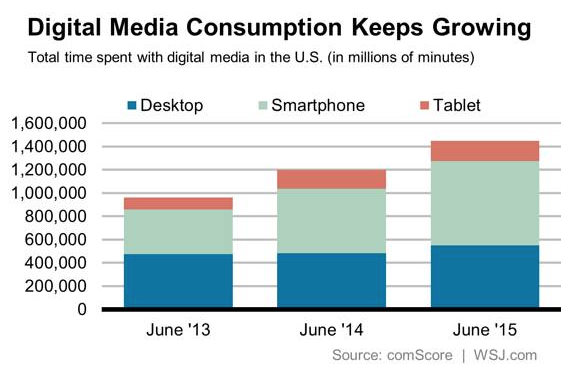The rapid rise of influencers is reshaping the brand marketing landscape. We see the shift by millennials away from traditional TV and it’s not that they aren’t watching video, they’re consuming more of it. The incredible impact of YouTube and other influencer channels has create massive audiences for individuals with unique voices. This is not just a few, either there are over 1200 YouTube stars with audiences over 1 million people each, and that’s just one place you can find influencers.
The Influencer Orchestration Network (ION), a division of the Ayzenberg Group is “the premier platform for Influencer Marketing today,” according to this new ION Insights report (which you can request a copy of here). The report goes into depth about seven key insights regarding Influencer Marketing that marketers can leverage. It’s both a terrific introduction to the realm of influencer marketing, and a useful source of actionable insights for the creative marketer.
The first insight is something that many brands are coming to grips with that a major shift has occurred. We know this isn’t as widely known as it should be, or perhaps that it’s not taken as seriously as it should be, because marketing spending is still mostly in traditional channels like broadcast television ads. Executives may pay lip service to changing trends, but how they spend will tell you what they believe in and from the scale of spending still heading to traditional media, it’s clear that many companies have yet to figure out how much more marketing impact they could have with influencers.
We’re seeing plenty of brands who do get it, though. Realizing that a shift away from traditional media has occurred is just the first step, and clever brands have been making inroads with influencers because they see where the audience is going. What are some of the signs that influencers are gaining traction Here’s one, according to NeoReach: “In late 2013, the going rate for a branded Vine that got 3M loops was a mere $400. Today, a branded Vine with the same kind of exposure goes for $10,000 to $15,000.” Prices are only going up, and that’s a sure sign that demand is heading higher.
Reaching influencers is a good strategy, but accomplishing that at scale is not easy, as the ION Insights presentation points out. Working with influencers at scale “requires a balance of art and science, managed services and individual expertise and strategy enabled by technology and automation,” according to the report. For most brands, that will mean finding the right partners who can help put together all the elements of a successful influencer campaign. If you want to go big, you have to have all the right pieces in place.
The reach of influencer marketing is vast, and it’s not just because of the size of the audience. There are many platforms for influencers, and because of the increasingly interconnected world, their reach can be global. Influencers can be found on all kinds of devices, and on all kinds of platforms, reaching people around the world. This is why influencers are such a great marketing opportunity and such a great challenge, because it’s not easy sorting out how to create an effective campaign that targets who you want to reach.
Game companies are among some of the savviest users of influencer marketing at this point, both because game companies are in touch with the key demographics that influencers are reaching, and because so many influencers are heavily into gaming. The rise of Twitch, for instance, is largely attributed to game streaming, though the streaming service has been broadening its reach but eSports alone is still between 40 percent and 50 percent of the content on Twitch, according to Twitch VP Andy Swanson. YouTube’s biggest chunk of page views monthly goes to Minecraft, and the majority of YouTube’s top ten stars are talking about gaming. So it’s not at all a mystery why game companies are putting influencers high on their marketing to-do lists.
The power and reach of influencers continues to expand, and ION’s report underscores this with facts and figures. Marketers in all categories need to understand this phenomenon and how to turn it to their advantage before their competitors do, or at least do it better than the competition. The important thing is that this marketing strategy isn’t restricted to one product category, but it can be used for virtually any type of product or service. It’s not simple, though, and things are constantly changing. Smart marketers will keep up with the changes, and look for the right tools, services, and partners to help them take advantage of Influencer Marketing as it becomes an ever-more important part of the marketing toolbox.



